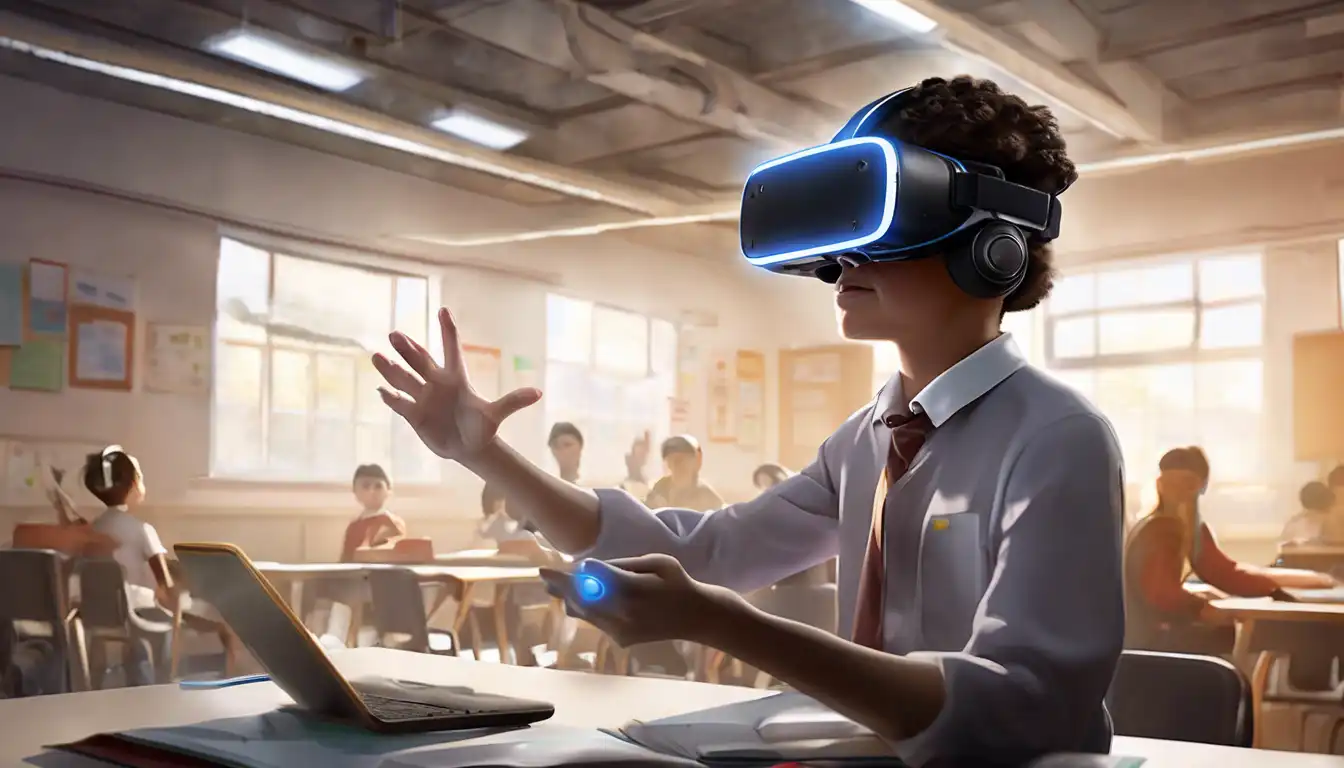The Transformative Impact of Virtual Reality on Learning and Skill Development
Virtual Reality (VR) technology has rapidly evolved from a futuristic concept into a practical tool that is reshaping the landscape of education and training. By creating immersive, interactive environments, VR offers unparalleled opportunities for experiential learning, making it a powerful medium for both academic and professional development.
Why VR is a Game-Changer in Education
Traditional learning methods often struggle to engage students or provide hands-on experience in a safe and controlled environment. VR addresses these challenges by simulating real-world scenarios where learners can practice skills, explore complex concepts, and make mistakes without real-world consequences. From virtual field trips to historical sites to interactive science experiments, VR brings lessons to life in ways that textbooks cannot.
Enhancing Professional Training with VR
Beyond the classroom, VR is revolutionizing professional training across industries. Healthcare professionals can perform virtual surgeries, engineers can troubleshoot machinery in a simulated environment, and first responders can prepare for emergencies without risk. This hands-on approach accelerates the learning curve and improves retention rates, making VR an invaluable tool for workforce development.
The Benefits of VR in Education and Training
- Engagement: VR's immersive nature captures learners' attention and keeps them engaged longer than traditional methods.
- Accessibility: With VR, geographical and physical limitations are no longer barriers to accessing quality education and training.
- Safety: High-risk professions can train in a safe, controlled virtual environment before handling real-world situations.
- Customization: VR programs can be tailored to meet the specific needs of learners, accommodating different learning styles and paces.
Challenges and Considerations
Despite its potential, the adoption of VR in education and training faces hurdles such as high costs, technological requirements, and the need for specialized content development. However, as technology advances and becomes more affordable, these challenges are gradually being overcome, paving the way for wider implementation.
Looking Ahead: The Future of VR in Learning
The future of VR in education and training is bright, with ongoing advancements promising even more immersive and interactive experiences. As educators and trainers continue to explore its potential, VR is set to become an integral part of learning ecosystems worldwide, transforming how knowledge is acquired and skills are developed.
For those interested in integrating VR into their educational or training programs, the key is to start small, focusing on specific areas where VR can have the most impact. With careful planning and execution, VR can unlock new possibilities for learners and professionals alike.
